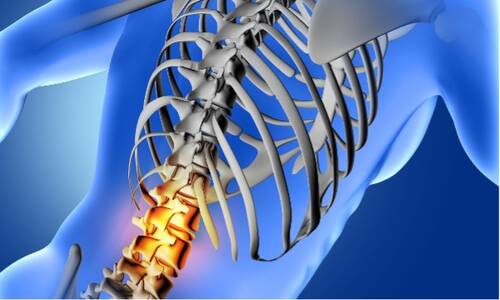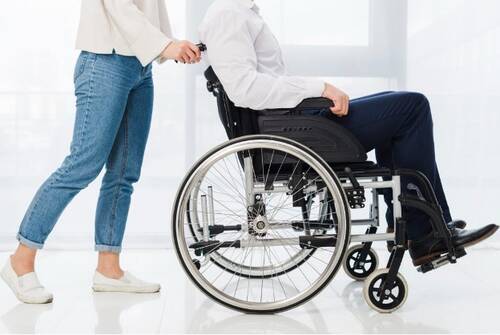Long Wait Times To See A Neurologist, Especially for MS, Epilepsy and Parkinson’s Patients
What Injuries Can You Get from a Car Accident? A Complete Guide
To reduce future risks, consider enrolling in a defensive driving course. These programs teach practical techniques to prevent motor vehicle...
Some Challenges That Are Unique to a Paralyzed Person
Physical Accessibility and Legal Inconsistencies
Individuals with paralysis face significant challenges navigating physical spaces, even with ADA mandates in place. Older buildings often lack essential accessibility features, and compliance can vary widely between urban and rural areas. Many small businesses need help with the costs of modifications, and legal loopholes contribute to inconsistent implementation. (more…)Improving the Diagnosis and Treatment of Neurosyphilis
Monash Study Highlights Association Between Triglycerides and Risk of Dementia
MedicalResearch.com Interview with: [caption id="attachment_60963" align="alignleft" width="133"] Dr. Zhen Zhou[/caption] Zhen Zhou, PhD Research Fellow, Chronic Disease & Ageing Monash University MedicalResearch.com: What is the background...
Reeve Foundation: Results of “Living with Paralysis & Caregiver National Survey”
Multiple Sclerosis: Decrease in Relapses and Brain Lesions with Ublituximab, Targeting B Cells
Parkinson’s Disease: Dual Action of Key Protein Detected
Space Flight: The Brain Seems to Have a Way to Adapt to Absence of Gravity
Brigham Study Identifies Genes That Drive Migraines
Whole-Plant Medical Cannabis Found Beneficial in Study of Childhood Epilepsy
BrainHQ: Plasticity-Based Cognitive Training Improved Cognition in Persistent Traumatic Brain Injury
Episodic Migraine: Atogepant Effective At Reducing Migraine Days
Disruptive Amyloid Links Melanoma and Parkinson’s Disease
This work suggests that amyloid interplay between alpha-synuclein and Pmel may be one of the underlying mechanisms as to how...
Botulinum Injection for Relief from Dystonic Hand Tremor
Engensis: Growth-Factor Inducing DNA Evaluated for Severe Diabetic Nerve Pain
Possible Breakthrough Study in Down Syndrome
 Henry Mahncke, PhD
Henry Mahncke, PhDOrthostatic Hypotension Linked to Increased Dementia Risk
Brain Patterns Differ Between Partisans and Political Non-Partisans
Parkinson’s Disease: FDA Approves Sublingual KYNMOBI™ For Faster Treatment of OFF Episodes
Stimulating T Cells with Hookworm May Reduce Multiple Sclerosis Relapses
Migraine: Yoga May Be Useful Addition to Medical Therapy
Eczema and Psoriasis: Itch Linked to Specific Protein in Skin
Hyperexcitability in Visual Cortex Demonstrated in Migraine Sufferers
Concussion Clinical Profiles Screening Identifies Concussions with 5 Minute Tool
MedicalResearch.com Interview with: [caption id="attachment_53039" align="alignleft" width="200"] Dr. Kontos[/caption] Anthony Kontos, PhD Research Director, UPMC Sports Medicine Concussion Program Associate Professor, Department of Orthopaedic...
Machine Learning Enhanced Blood Biomarkers Predict Progression of Neurodegenerative Diseases
- Almost all molecular (gene expression) analyses performed in neurodegeneration are based on snapshots data, taking at one or a few time points covering the disease's large evolution. Because neurodegenerative diseases take decades to develop, until now we didn't have a dynamical characterization of these diseases. Our study tries to overcome such limitation, proposing a data-driven methodology to study long term dynamical changes associated to disease.



























